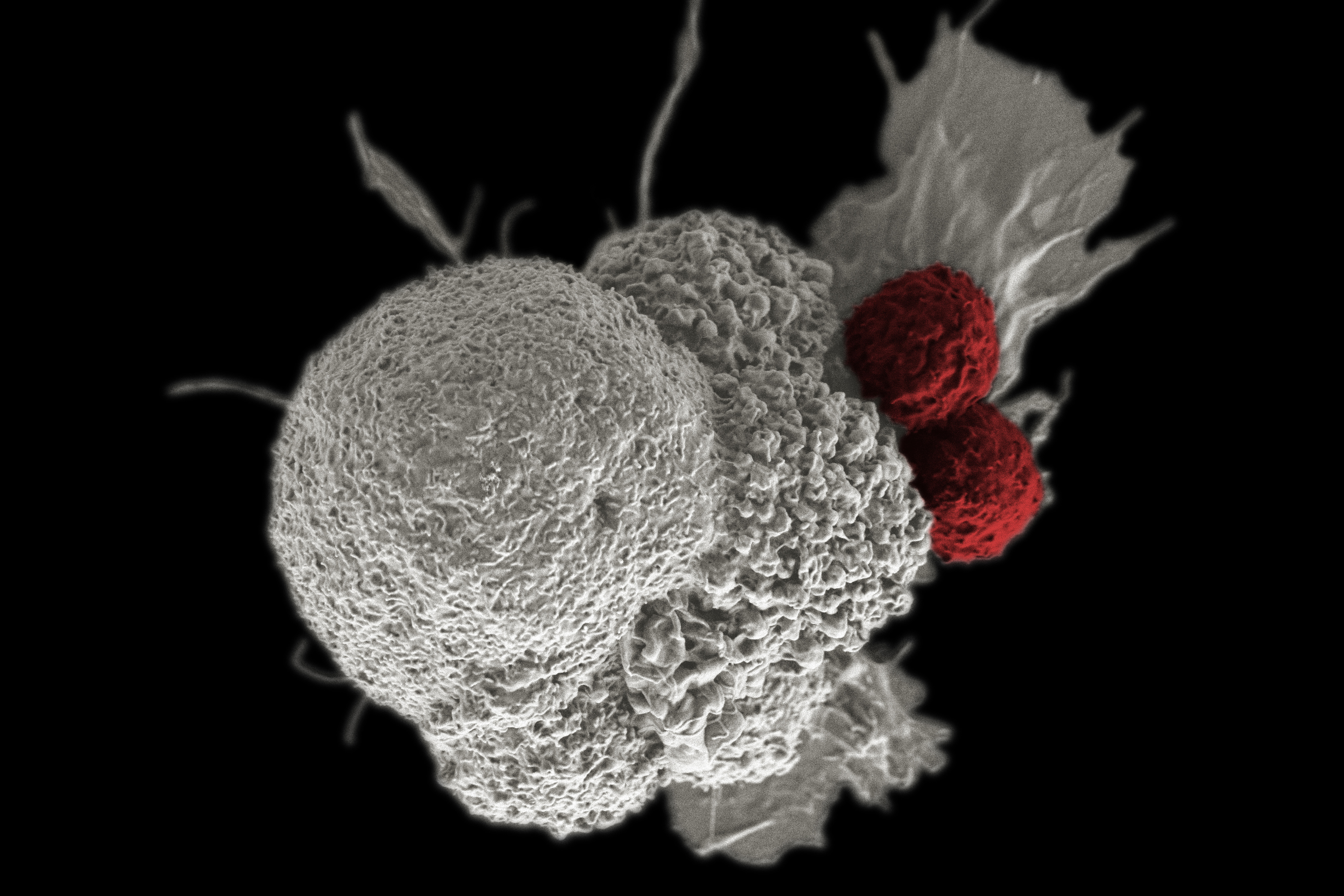Cambridge researchers have created a ‘metal detector’ algorithm that can hunt down vulnerable tumours. In a groundbreaking leap for cancer treatment, Cambridge researchers have unveiled a sophisticated new algorithm that may transform how vulnerable tumors are identified and treated. Dubbed PRRDetect, this innovation works like a ‘metal detector,’ hunting down tumors with DNA faults that make them more responsive to treatment.
The algorithm’s development results from a study by Professor Serena Nik-Zainal from the University of Cambridge ‘s Early Cancer Institute. Using Genomics England’s 100,000 Genomes Project data, scientists analyzed the full DNA sequences of 4,775 tumors across seven cancer types . The result? A powerful tool capable of identifying specific tumor vulnerabilities and paving the way for personalized treatment plans.

“Genomic sequencing is faster and cheaper than ever,” Nik-Zainal noted. “We’re approaching a future where sequencing your tumor will be as routine as a scan or blood test.” PRRDetect helps identify cancers with faulty DNA repair mechanisms, which are more likely to respond to treatment, especially in cancers with poor survival rates like lung or brain tumors.
Scientists focused on indel mutations—tiny errors in DNA where letters are inserted or deleted—and identified patterns linked to post-replicative repair dysfunction (PRRd). Tumors with PRRd are susceptible to immunotherapy , which harnesses the immune system to fight cancer. PRRDetect offers a means to pinpoint these tumors, guiding doctors to patients more likely to benefit from such treatments.
The study also unearthed 37 distinct patterns of indel mutations, many connected to known cancer causes such as smoking or UV exposure. Eight patterns were directly linked to PRRd, while 19 were entirely new, hinting at previously unknown mechanisms behind cancer development . This research builds on years of genomic exploration, including a prior ‘archaeological dig’ into cancer genomes by Nik-Zainal.
Leveraging data from cancers like bowel, lung, brain, and bladder, provided by the pioneering 100,000 Genomes Project, the Cambridge team has crafted an extraordinary tool. PRRDetect represents the immense value of genomic medicine—not just in research but also in clinical care. Dr.
Iain Foulkes of Cancer Research UK emphasized the transformative impact: “Tools like PRRDetect bring us closer to making personalized cancer treatment a reality, increasing survival rates and enhancing lives.” The promise of PRRDetect extends beyond improving treatment—it highlights how genomic advancements can revolutionize healthcare. With each discovery, researchers inch closer to unlocking the mysteries of cancer’s DNA, offering hope for a future where survival isn’t the exception but the norm.
As genomic medicine evolves, algorithms like PRRDetect will undoubtedly lead the charge, blending precision with possibility. The battle against cancer may be arduous, but technology like this shows that it can be won. Journal Reference: Koh, G.
C.C., Nanda, A.
S., Rinaldi, G. et al.
A redefined InDel taxonomy provides insights into mutational signatures. Nat Genet (2025). DOI: 10.
1038/s41588-025-02152-y Topics Brain Cancer DNA.
Technology

A ‘metal detector’ algorithm to hunt down vulnerable tumors

Cambridge researchers have created a ‘metal detector’ algorithm that can hunt down vulnerable tumours.Continue reading A ‘metal detector’ algorithm to hunt down vulnerable tumors on Tech Explorist.















